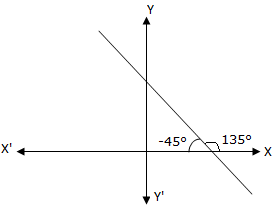An object with a mass of #4 kg# is on a plane with an incline of # - pi/4 #. If it takes #7 N# to start pushing the object down the plane and #6 N# to keep pushing it, what are the coefficients of static and kinetic friction?
1 Answer
Consider your situation,

where:
Moreover, recall,
Let's determine the normal force,
and recall that to overcome the static friction a force equal to that friction must be exerted on the object.
Hence,
If we wish to keep pushing the object down the incline, we need to push it with a force greater than or equal to its kinetic friction. Assuming that we are pushing the object with the least amount of force before friction overcomes us, then,
Note I assumed gravity aided us in each case due to the incline. The negative angle of inclination is kind of a curve ball that gets students who don't know the material that well, it kind of looks like this on a coordinate plane,

Thus, I took it to mean in that direction, rather than the one depicted above.

